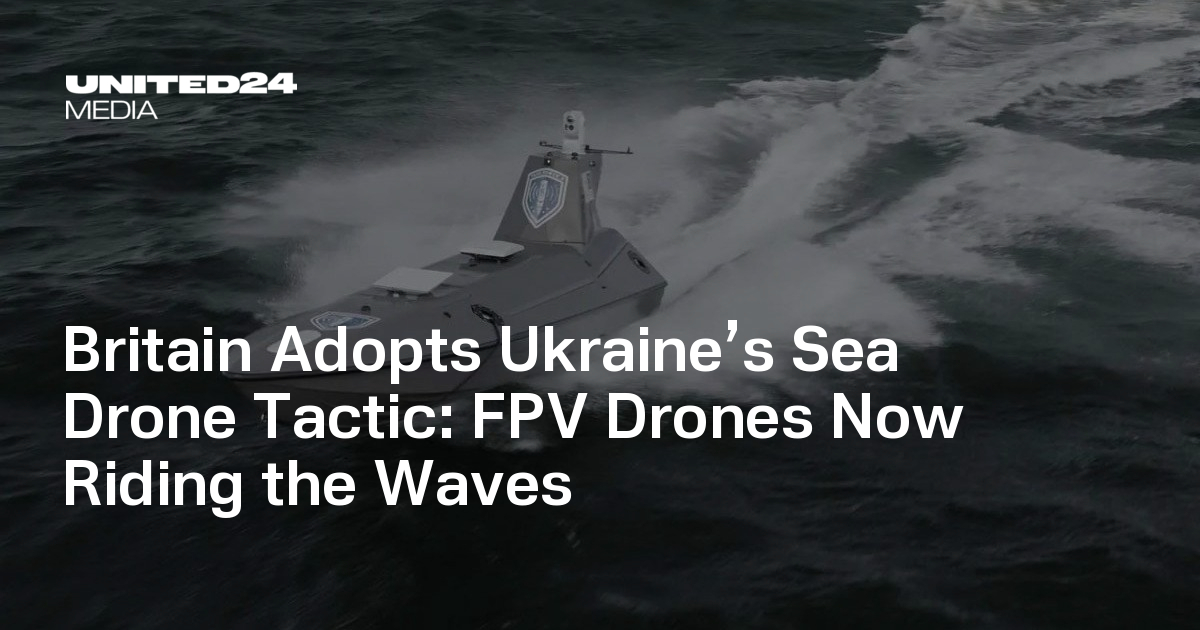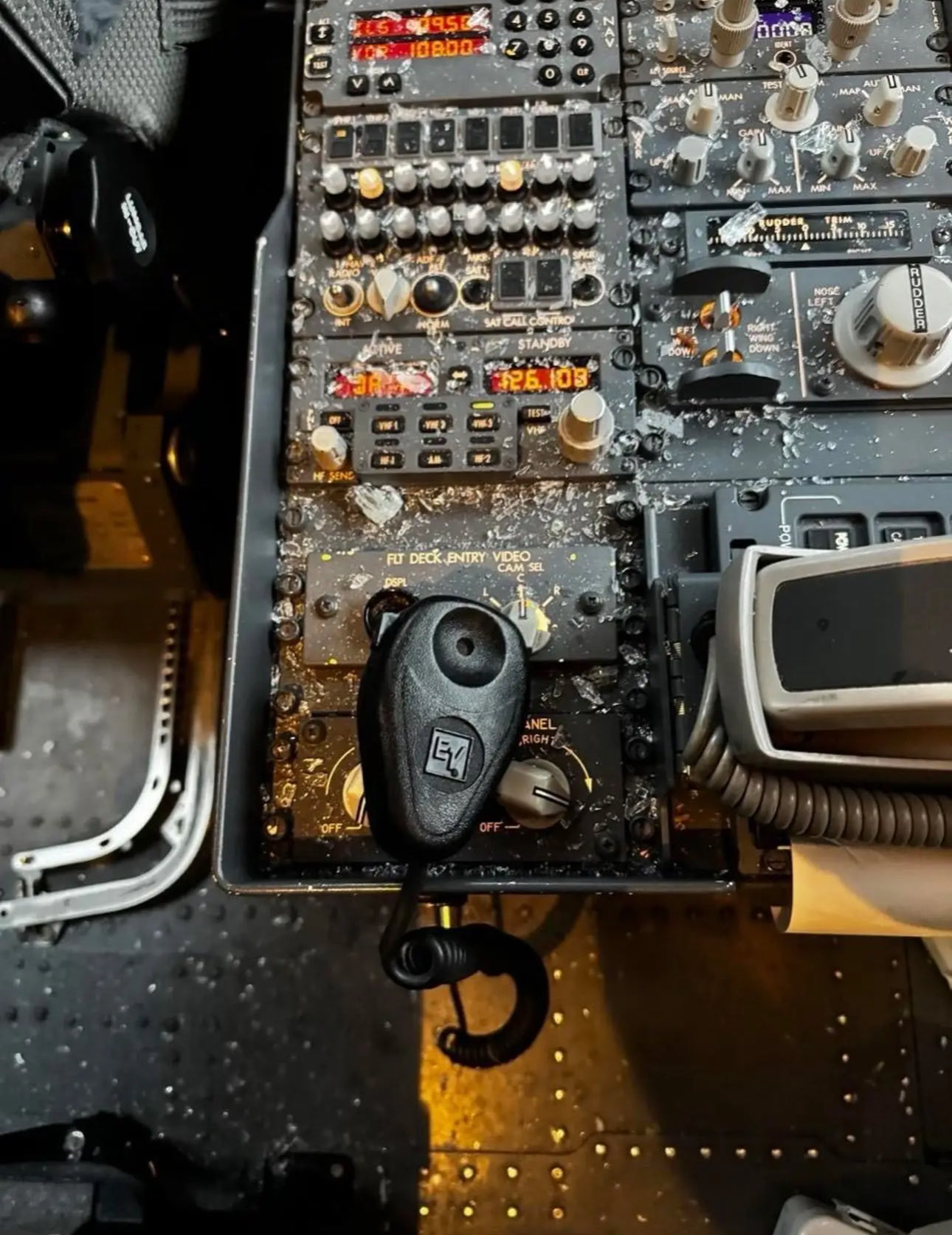The Royal Navy Unleashes Sea Drones Inspired by Ukraine's Battlefield Success!

Imagine a world where sea drones are not just a concept, but a reality that could reshape naval warfare! That’s exactly what’s happening as the Royal Navy dives into the future with groundbreaking tests of sea drones equipped with first-person-view (FPV) drones, a strategy first made famous by the Ukrainian Defense Forces.
According to a report from Defense Express on October 19, this innovative trial unfolded during the Trident Sprint 1 exercise at the Chivenor naval base in Devon. This two-week event brought together Royal Navy personnel and specialists from the defense industry, all focused on integrating autonomous and unmanned technologies to fortify the United Kingdom's digital and information warfare capabilities.
The trials prominently featured the Mantas T12 sea drone, equipped with a cutting-edge fiber-optic–guided FPV drone. This configuration isn't just a coincidence; it mirrors the successful strategies Ukrainian forces employed against Russian air defenses. Ukraine has become a trailblazer, employing maritime drones as launch platforms for FPV drones, achieving remarkable successes in the heat of battle.
The Royal Navy's press release highlighted that this exercise is just the beginning of a series aimed at enhancing the fleet’s adaptability to new technologies. A significant focus was placed on the Strike Net, the Royal Navy’s tactical network that coordinates unmanned assets, ensuring seamless communication even in environments where satellite links are nonexistent.
These exercises showcased various autonomous systems, including robotic dogs and aerial drones, demonstrating the commitment to future-proof the fleet. The Mantas T12, developed by MARTAC, stood out as it carried an FPV drone linked via fiber-optic cable, underscoring the shift towards innovative warfare methods.
Defense Express noted that the incorporation of such technology in British drills signals a broader Western interest in adopting effective Ukrainian battlefield innovations. The Trident Sprint 1 exercise marks a pivotal moment in the Royal Navy's quest to test and refine robotic, communication, and surveillance technologies, paving the way for future autonomous naval operations.
Interestingly, this trend isn't isolated. Earlier this year, on April 26, France conducted a similar live-fire test using a suicide naval drone inspired by Ukraine’s MAGURA V5, successfully striking a decommissioned landing vessel near Toulon. This reflects a growing global recognition of the effectiveness of Ukrainian defense strategies.


























